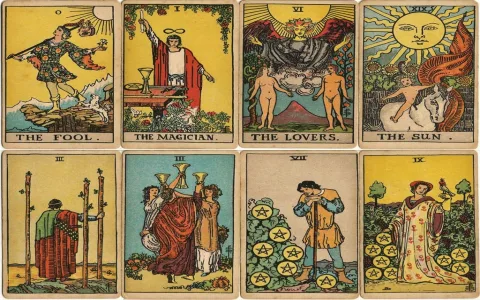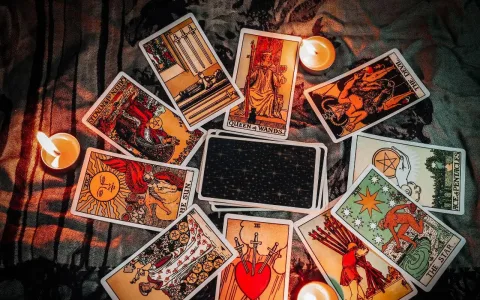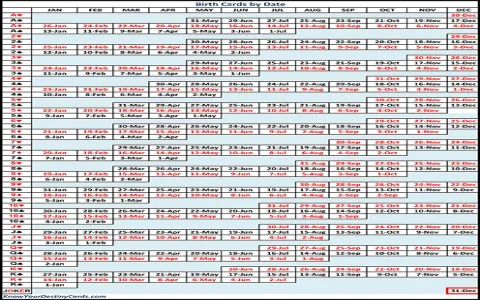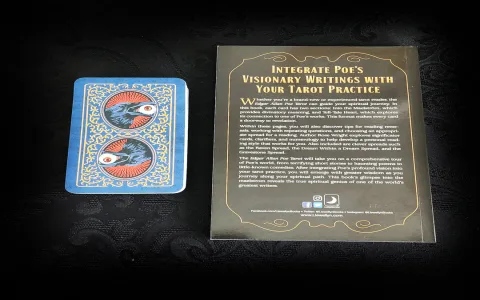The Day I Realized Cards Aren’t Just “Cards”
I’ve been messing around with Tarot for maybe fifteen years now. You just take it for granted, right? A card is a card. They come in a box, you shuffle them, you read them. Simple. But recently, I picked up this absolutely stunning independent deck—the artwork was just next level. I opened it up, admired the matte finish, and then I went to give it a proper riffle shuffle. Disaster. Absolute, immediate, hand-cramping disaster.
The cards felt like I was trying to shuffle miniature laminated placemats. They were too wide, too tall, and they felt awkward in my average-sized hands. I kept dropping them, bending the corners, and generally getting pissed off. I spent five minutes fighting the deck before I finally slammed it down on the table and yelled, “What the hell is wrong with these things?”
My initial thought was maybe I just got rusty. Maybe my dexterity was shot. But the more I tried, the more I realized this wasn’t a skill issue; it was a physics problem. It forced me to actually stop being lazy and measure the things. I decided that day I was going to document exactly how much variation exists between a standard playing card, a classic Tarot deck, and these new monster decks that are popping up everywhere.
Grabbing the Tools: Setting Up the Baseline
I wasn’t just going to eyeball this. I pulled out my tools. First, I grabbed my most trustworthy, beat-up metric ruler. Second, because I am ridiculous when I get obsessed with a detail, I pulled out the digital calipers I usually use for checking the depth of router bits in my garage. Accuracy matters here, even if we are talking about paper rectangles.
My first step was establishing the baseline: the humble playing card. I went straight for the standard, cheap red Bicycle deck. Everyone knows this size. It’s the gold standard for shuffling, dealing, and general handling. I measured ten cards together for thickness, and then pulled out a single card for length and width. I wrote the numbers down immediately. This was my control group.
- Standard Playing Card (The Control):
- Width: I pegged it right at 63.5 mm (2.5 inches).
- Length: Exactly 88.9 mm (3.5 inches).
- Thickness (Single Card): Around 0.3 mm.
It sounds mundane, but feeling that familiar slickness and knowing the precise dimensions confirmed what I already knew—this size is perfect because it fits entirely within the natural grip of an adult hand, allowing for easy corner manipulation during a riffle shuffle.
Measuring the Classics: Standard Tarot vs. Jumbo Indie
Next up, I pulled out my oldest, most dependable deck: a standard U.S. Games Rider-Waite clone. This is what most people picture when they think of Tarot. It’s slightly taller and bulkier than a playing card, which makes sense since Tarot decks carry 78 cards instead of 52, plus they often come on heavier card stock.
I laid one out and measured it. The difference was immediate and significant, especially in length. That extra length is what makes them often feel a little less ‘snappy’ than playing cards, but they are still totally manageable for most hands.
- Standard Tarot Deck (Rider-Waite Style):
- Width: I measured 70 mm (2.75 inches). Already 6.5 mm wider than playing cards.
- Length: I got 120 mm (4.75 inches). This is the killer difference—almost an inch and a quarter longer!
Now, for the culprit. The deck that started this whole measurement project—my new, gorgeous, frustrating indie deck. I knew it was bigger, but when I measured it, the numbers validated my frustration. These aren’t just slightly bigger; they are completely oversized. They felt less like cards and more like small art prints.
- Oversized/Indie Tarot Deck (The Hand-Cramper):
- Width: A massive 80 mm (3.15 inches).
- Length: Staggering 135 mm (5.3 inches).
The Realization: Why That Extra Millimeter Matters
The numbers don’t lie. Look at that jump. We go from a 63.5 mm width on a playing card to a whopping 80 mm on the indie deck. That extra 16.5 mm (about two-thirds of an inch) width is the entire reason my thumb couldn’t properly anchor the cards when trying to shuffle them side-to-side.
For shuffling, you need about 20 mm of overlap to get a clean, controllable bend for the riffle. When the cards are too wide, your hands naturally shift the hold to the sides, sacrificing the necessary leverage. I realized the reason I was dropping the indie deck wasn’t a lack of practice, but simply that the physical dimensions required a significantly larger hand span than mine.
This entire process—pulling out the tools, documenting the minute differences—led me to a very simple, practical conclusion: if you’ve got smaller hands, or you rely heavily on the riffle shuffle, you need to stick to decks that are under 75 mm in width. Anything over that turns shuffling into a clumsy chore. If you prefer the push-and-pull, overhand style of shuffling, then the length doesn’t matter as much, but that width is still crucial for comfortable handling.
I thought this was going to be a quick, silly comparison, but it turned into an essential reference point. Now, before I spend good money on a new deck, I contact the seller and I ask: What’s the size? I don’t care how beautiful the artwork is; if the dimensions are going to make reading feel like a wrestling match, I’m passing. Practicality always wins over presentation, especially when you’re working with your hands every day. Don’t assume all cards are equal, folks. Grab a ruler, measure your favorites, and know your limits.






